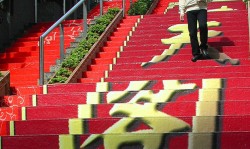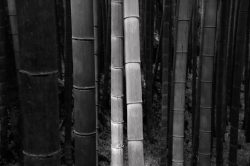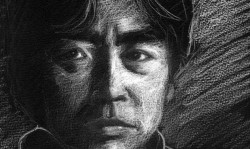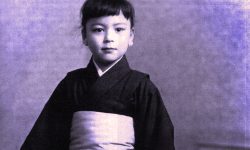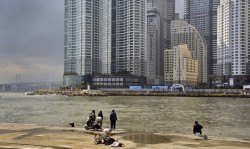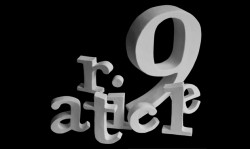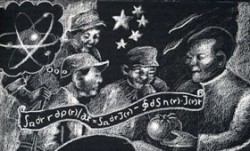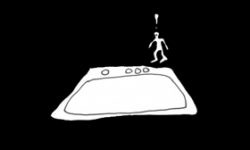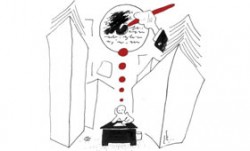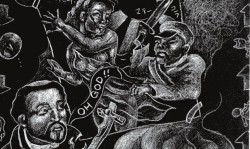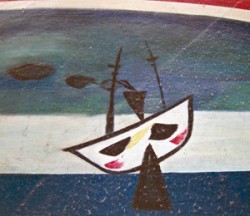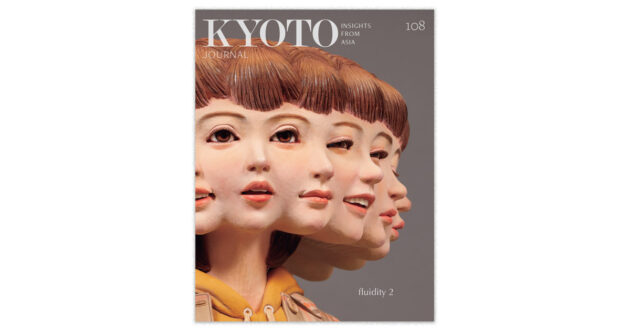Posts by johneinarsen
A Touch of Amusement
I had never seen a funnier waiting room in my life…
Read MoreWhat Global Village?
BY PICO IYER
…the world could be said to be growing less and less connected, if only because the gap between the few of us who babble about the wiring of the planet and the billions who do not grows ever more alarming.
Read MoreLanguage goes Two Ways
Language goes two ways: it enables us to have a small window onto an independently existing world, but it also shapes — via its very structures and vocabularies — how we see that world.
Read MoreLike Sculpting Smoke: Arundhati Roy on Fame, Writing and India
INTERVIEW BY KATHY ARLYN SOKOL
Arundhati Roy — brilliant, beautiful and rich. The brilliance and the beauty came early, the riches are of more recent vintage and allow her a new life as a self-proclaimed “cultural terrorist” who can fund her own “kiss-backs” (instants of righteous revenge). Against?
Read MoreOn Cid Corman
“(Art) confronts the livingdying going on. . . from within and letting the cry most compassionately come forth and move out – in all direction – wherever the human touches.”
Read MoreThe Last of the Smokers
Sitting on the roof the National Diet Building, under attack by tear-gas fired from the Defence Force helicopters circling above, I am smoking my last cigarettes.
Read MoreShakuhachi Meditations
Ryu and Me
Being a man with a tremendous appetite for life, Murakami Ryu began living large, traveling the planet and savoring its various pleasures. But he also began one of the most prolific and multi-faceted careers in literary history…
Read More100 Years of Japanese Cinema
As Donald Richie tells us, at the end of the nineteenth century, a cameraman from the Tokyo Mitsukoshi Department Store shot some of the first film footage in Japan, and thirty-odd years later, Japan was the world’s largest film producer…
Read MoreReel Life and Real Life: The Joys and Trials of Being Intercultural
REGGE LIFE’s moving documentaries, broadcast nationally in both countries, introduce us to scores of reflective people who in turn invite us to take a closer look at ourselves…
Read MoreFujiko Hemming, Deaf Pianist
After Toako showed her how to decipher the squiggles on the scores, Fujiko was enchanted with the magic she could conjure, but she soon shriveled under her mother’s blistering criticism and the relentless repetition…
Read MoreThe Future of Korea: An Interview with Political Scientist Lee Jae Bong
Political Scientist LEE JAE BONG explains, “ A unification policy has two conditions: First, is it really desirable? And second, is it really achievable?… “
Read MoreJapanese Constitution Cinema
Reading such a dry and formal document can be a real drag to people like me. But there are movies to boost our understanding of Japan’s Peace Constitution.
Read MoreThe Korean Dream
The two decades captured in photographer Drayton Hamilton’s book coincide with the sweeping changes that moved Korea from dictatorship to democracy, from Third-World industrialization to high-tech de-industrialization…
Read MoreFraming China
In the 1950s and the 1960s, the “frame” was of China as little blue ants or automatons. In the 1970s, following the Nixon administration’s opening, the frame was of the virtuous (entertaining, cute) Chinese…. In the 1980s, the frame was that China was “going capitalist.”
Read MoreThe Inner Teacher
It has been calculated that it would cost US $4 billion to educate 500 million Indian children conventionally to basic level — but only half that via the Net…
Read MorePerspective Omitted, Questions Unasked
Japan’s mass-circulation newspapers routinely treat events as startling, wholly unexpected, random, and seemingly unrelated to anything that has happened before.
Read MoreThe Pull of the Immediate
MEDIA
BY PICO IYER
New media, old media, it’s all the same: a screening of the world, in every sense, which allows us to throw up new images on the walls of our cave, as we keep our backs ever more rigidly turned to the world outside.
Read MoreCracked Mirror: Western ‘Takes’ on Japan
The Holy Terror from Baltimore had never set foot in Japan. But he understood instinctively that news from war-torn China often crossed the line into anti-Japanese propaganda…
Read More“The Myth of Tomorrow”
“Myth of Tomorrow” represents the culmination of Okamoto Tarō’s concern over the horrors of war and the fear of atomic weapons.
Read MoreKyoto’s Forgotten Era
A century ago Kyoto was “The city that does everything first.” Today it is “the ancient capital” and “the city of temples and shrines.” Kyoto’s development of leading-edge technology however, continues today…
Read More


